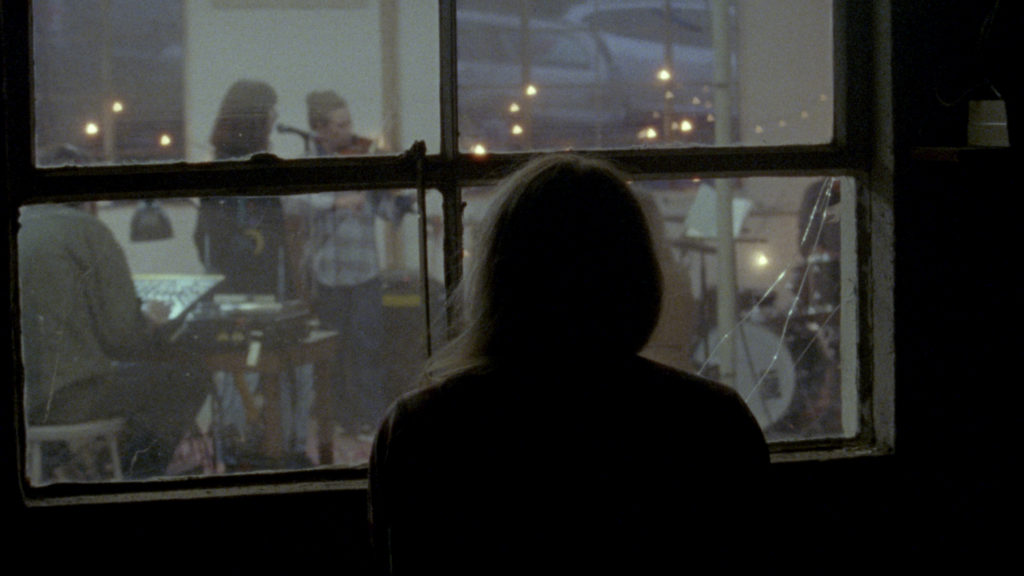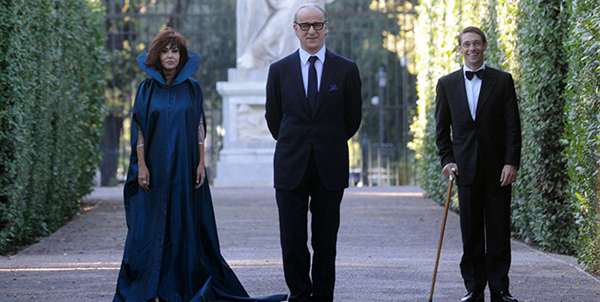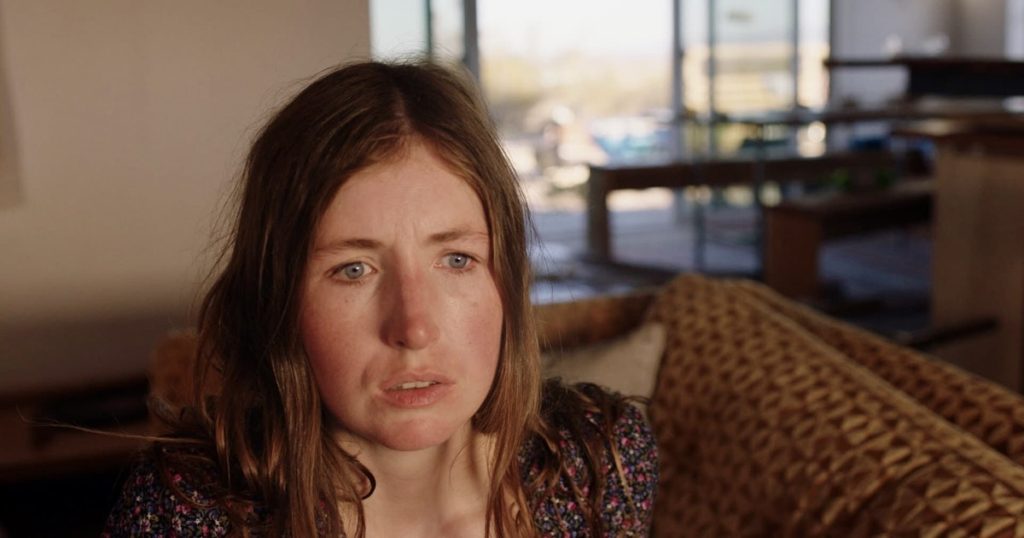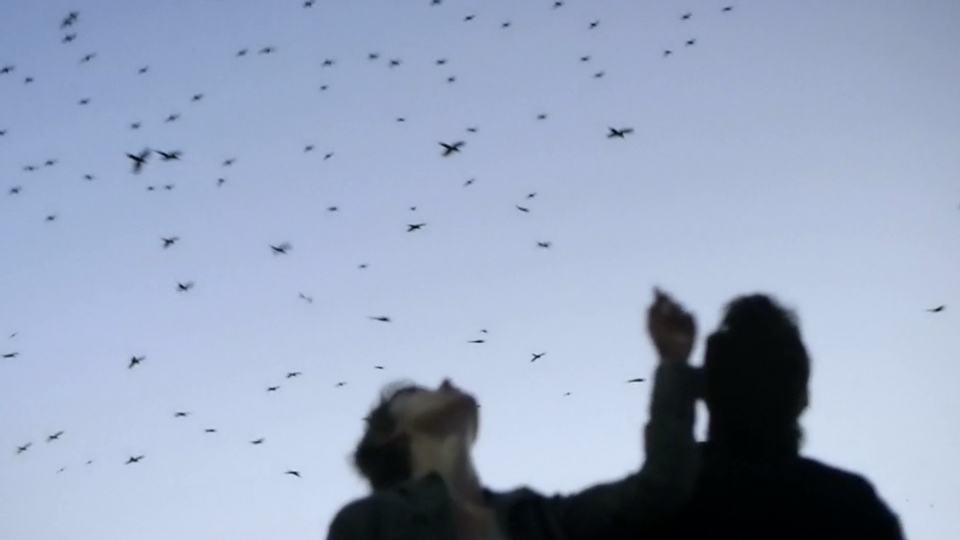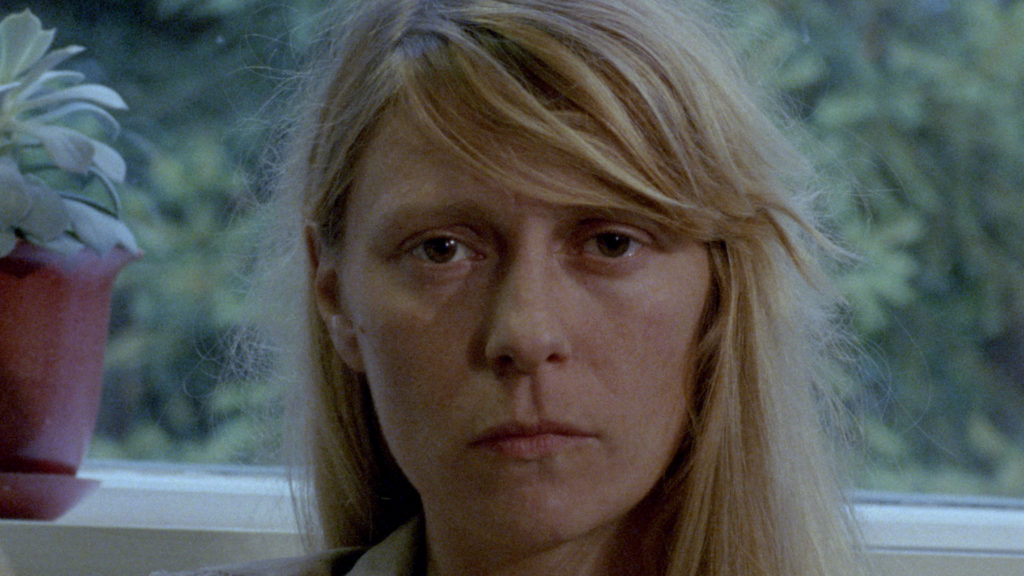
Slow Machine dives enigmatically into paranoia. A 72-minute art film shot on 16mm and a very low budget, Slow Machine is surprisingly engrossing.
After a night of hard drinking, Swedish actress Stephanie (Stephanie Hayes) wakes up in an unfamiliar Queens apartment. She has been brought there for her safety by Gerard (Scott Shepherd), an NYPD counter intelligence officer. It’s not his apartment, but one he uses for his work.
Stephanie is trying to get her bearings and assess Gerard while he chatters amiably, describing himself as “emotionally promiscuous”. Gerard has a rare quality – he is loquacious without being tiresome – you can’t help but listen to guy. He is transparently mysterious, if that’s a thing.
Despite initial resistance, Stephanie becomes involved with Gerard. Then an unexpected event causes Stephanie to hide out at an acquaintance’s house.
Stephanie has found herself in a paranoid mystery, but she’s mysterious herself. Shifting between accents, she often sounds like she is fabricating. She deflects men’s passes with practiced moxie, but she can be paralyzed with terror.
The story is not the point. Slow Machine draws us in as we try to figure out who these people are and what is going on.
There are lots of unexpected nuggets. Chloe Sevigny shows up and plays a version of herself. Gerard’s unseen fiance is an anthropologist studying the setups in porn movies. A touch football game breaks out. Stephanie rehearses with Gerard for an audition, and the scene becomes riveting.
Slow Machine is the first feature for co-directors Joe Denardo and Paul Felten; Felten wrote the screenplay.
Slow Machine is not for folks who need their movies to be linear or even coherent. Why is this movie so engrossing? Beats me, but it is seductive and ever watchable.
Slow Machine is streaming on Virtual Cinema, I saw it at Laemmle, and it’s coming to the Roxie.
